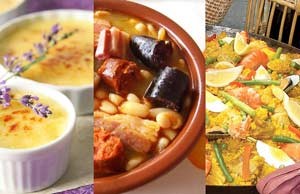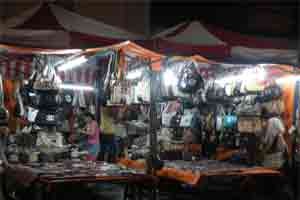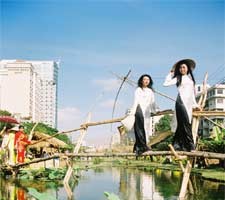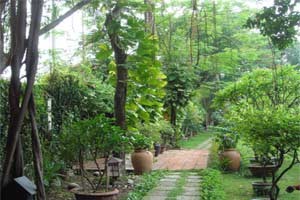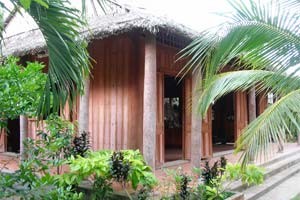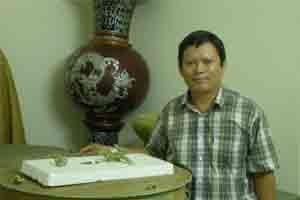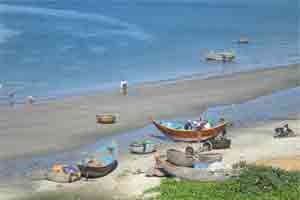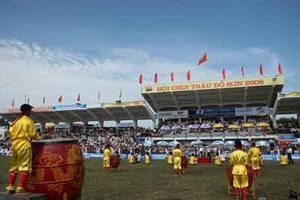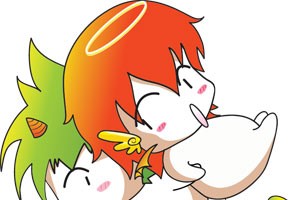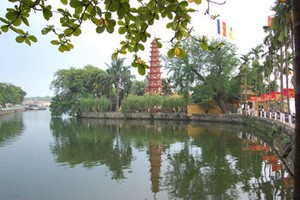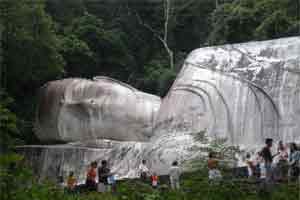Children tingle with anticipation as mooncakes and paper lanterns start appearing in shops and makeshift stalls erected on the sidewalks of large streets.
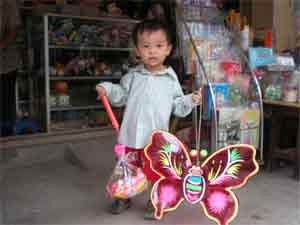
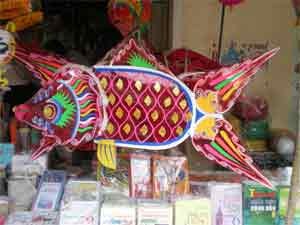
Since food was abundant in every house, farmers held rituals to make offerings to the god of moon and their ancestors. Food offerings including mooncakes, candies, grapefruit, kaki fruit, mandarins, beaten green rice flakes, sugarcanes, wine and tea etc. were arranged on an outdoor altar set up in the courtyard.
After the ritual, the food was taken down and placed on a mat spread out in the garden. All the members in the family would sit on the mat and enjoy a moonlight feast, fanned all the while by cool autumn breezes. During the feast, grandparents or parents would tell the children stories about Cuoi, the lonely boy on the moon. They would tell them how Cuoi landed there, how a mischievous boy stumbled on a life-saving miracle tree, how that miracle became a source of anger, and how his fealty to the tree took Cuoi to the moon. They would tell the children that on bright and clear full-moon nights, if they looked up, they could see Cuoi sitting at the foot of a banyan tree. Sometimes Cuoi would even look down and smile at them.
After the feast, the parents took their children to temples in the village to watch lion dances and to join a lantern procession. Long lines of children would walk and run around the village with beautiful and colorful candlelit lanterns in their hands singing funny songs aloud.

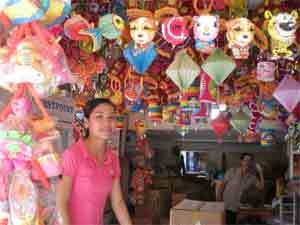
Minh says that until about a decade ago, residents in Phu Binh lived in comfort, making candlelit lanterns with paper and bamboo frames all year round for markets in Sai Gon and in the Mekong Delta. The production reached its peak between the 5th and 7th months of the Lunar year, so the locals called this the family get-together season. During these months, all the members of the family would gather at night and make lanterns together.
It would be just the beginning of the 7th Lunar month, but Phu Binh seemed to be lit up with all kinds of splendid lanterns of different shapes – stars, butterflies, carps, mermaids, airplanes, dinosaurs, den keo quan (a lantern which can turn around by itself when lit up) and many more. With every house showcasing their creations for sale, and traders going in and out, there was a festive atmosphere in the neighborhood long before the festival actually happened, recalls a wistful Minh.
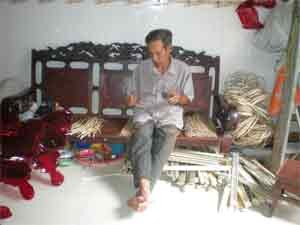
Then, in 1995, Vietnamese markets were flooded with all kinds of Chinese-made plastic and paper-folded lanterns. Although the paper-folded lanterns are not as attractive as traditional ones, many parents preferred to buy them for their children because of their lower prices and because it was much more convenient for the children to carry them to and from where the procession takes place.
“So we have now switched to produce paper-folded lanterns. Traditional lanterns are only made for schools or charity organizations under contracts or in small quantities to supply a handful of parents who still wish to buy these beautiful lanterns as special gifts for their children”.
Minh is despondent: “None of our offspring are interested in learning how to make the traditional lanterns anymore as they find no market for this stuff in the near future. I’m afraid that the trade will die out soon!”
The get-together season also seems to be a thing of the past. With the younger generation taking up other kinds of work, visitors to the neighborhood cannot fail to notice that only old people are around to engage in a vocation that had sustained the community for centuries.
Do younger consumers offer a ray of hope?
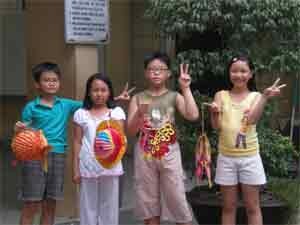
Ngoc Tram, a fifth-grade student in the city, says: “For our school procession, I’ve asked my mother to buy a butterfly shaped candlelit lantern. I’m so proud to have such a beautiful one. Five years ago, when father was driving me on the motorbike past the stalls selling mooncakes, the beautiful butterfly or carp lanterns made me imagine a beautiful world.”
Wiser than her years, she adds: “Nowadays, I know that traditional lanterns have been replaced by expensive lanterns lit by light bulbs imported from China. But I feel they are only suited for decoration in elegant hotels and restaurants, not for our world. Without the lantern of our dreams, it seems as though the Mid-autumn festival is no longer a day for children”.


